Decorating your home with living plants is a beautiful way of bringing joy and personality to your loft. Plants naturally make a room look elegant and promote a positive mood. Some of them might even considerably help you improve the quality of the air you breathe daily.
Although some people think plants are only meant to be outdoors and require a lot of space, the truth is many plants can survive with very little light, with very little water, without much space, and even without dirt on the shelves or the countertops.
If you live in a loft, don’t let the absence of outdoor space or dirt stop you from turning your home into a relaxing green oasis; there are many different ways to decorate and introduce plants in a magnificent loft in sought-after areas such as Dallas.
Plants That Don’t Need Much Light
If you’re looking for a plant you can have in your bedroom, in the bathroom, or in a spot where there’s not much sunlight, and you’re afraid that anything you put there will suffer, here’s a list of shadow-loving plants for those spots where the sun can’t reach.
Pothos
This trailing vine is also known by the popular name of ‘devil’s ivy’ for its capacity to thrive in nearly pitch-black environments. This plant’s beautiful, primarily heart-shaped leaves come in different presentations, from rich green to dark blue-green, bright yellow, and even variations of green and white.
These stunning hanging plants can also perfectly survive erratic watering, overwatering, and underwatering.
Cast Iron Plant
Also known as the “iron plant” for its hard-to-kill nature, it can survive in extreme conditions, and the only sunlight requirement you need to remember is no direct sun. That’s right, deep in a room where the sun never reaches is the perfect spot for this plant because exposure to the sun will burn its glossy leaves.
It is also listed as one of the best air-purifying plants and only needs water once a week ideal for smaller spaces.

Philodendron
This is usually a plant with huge leaves that requires very little attention, as well as water. Like the cast-iron plant, Philodendron is a shadow plant that cannot be exposed to the direct sun, or its leaves turn brown, which makes it perfect for lighting up a dark corner of your home.
This plant needs to be watered every two weeks, meaning that you can almost forget about its existence, and it will continue to thrive. NASA also refers to it as the best plant for cleaning air pollution.
Peperomia
These are way smaller, the type of plant you could put on your desk, on a table, or as a splash of green on a bookshelf. Peperomia has soft round leaves that can present themselves in a wide range of colors and styles. Including the watermelon peperomia or Peperomia Argyreia, which leaves, as you can imagine, are round and stripped like tiny watermelons.
They need water only once every other week, and overwatering can cause damage to their leaves. They can survive a few weeks without water, so taking care of a Peperomia shouldn’t be a challenge even for beginners.
Plants That Don’t Need Much Space
It is undeniable that every so often, you can get a beautiful little plant that goes out of control over the years and starts turning your home into a jungle. Some might like it that way, but not everyone has the space or is up for taking care of giant plants. So let’s talk about plants that don’t grow too much, and you will always be able to enjoy them in a cute little pot.
Oxalis
The biggest of the shamrock family, Oxalis, is a partial shade or shade plant that thrives under changing conditions and needs water only once every two weeks. It doesn’t grow a lot, so it is an excellent choice if you don’t want something too big.
Echeveria
From the family of succulents, this rosette-shaped plant fits ideally in a small pot, which is enough for these types of plants. Succulents’ leaves are full of water so that they can go without it for a couple of weeks, and they should still maintain their bright colors.
They can tolerate direct sunlight, and changing their conditions may change their color palette, but too much sun can be harmful to their foliage.

Kalanchoe
As another member of the succulents, Kalanchoe is very resistant and can go a long way without much water. Their colorful, long-lasting blooms make it a popular decision when getting indoor plants.
Like most succulents, they are easy to propagate, so if you’re the kind of plant parent that likes watching plants go from seed to lawn, you can do it starting with just one healthy Kalanchoe leaf on dirt.
Plants That Don’t Need Soil
Have you ever heard someone say, “I love plants, but I hate dirt, so I could never be a plant person”? Well, to their surprise, some plants don’t need soil to survive.
Lucky Bamboo
While it is not actual bamboo, this decorative house plant is known for being nearly indestructible and only needs water as a medium to survive. You can also use pebbles to hold it straight.
Tillandsias
These rare “air plants” are precisely what you’re thinking, plants that only need air as a medium to grow. All you have to do is soak them in water for a couple of hours every week, and you can keep them in a decorative dish the rest of the time—no need to put them in water, soil, sand, or anything else.
Conclusion
The world of plants is enormous, and there are all sorts of plants for all sorts of people and conditions, you just need to order the right kind of garden supplies depending on the plants. So do your research, and I’m sure you will find one that suits your needs and looks gorgeous in your loft!

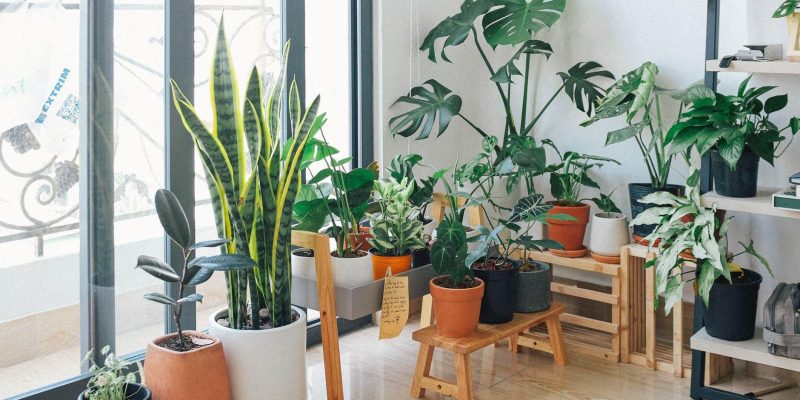

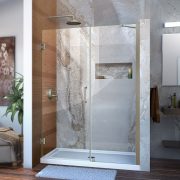
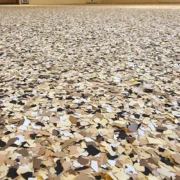
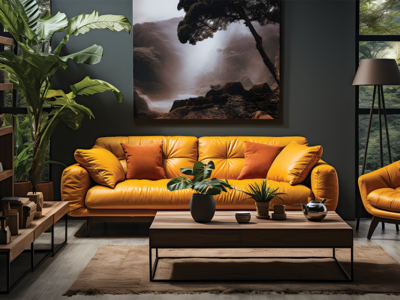

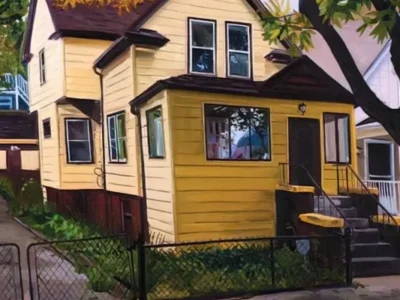

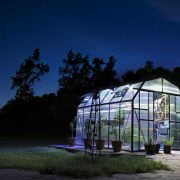
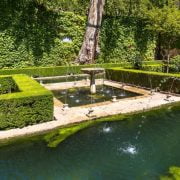

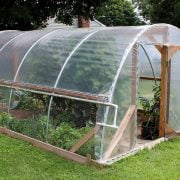
Comments